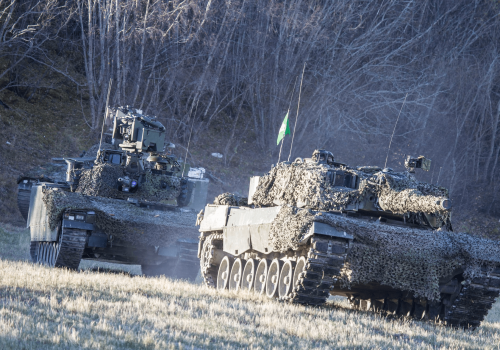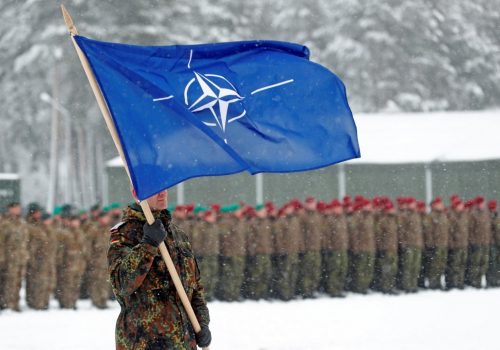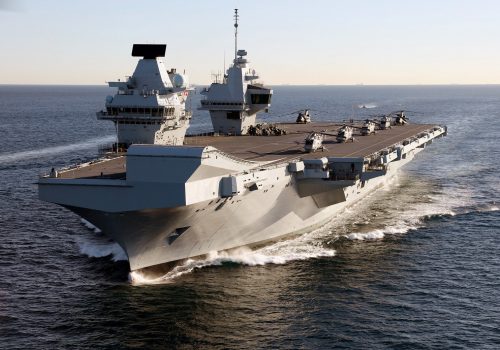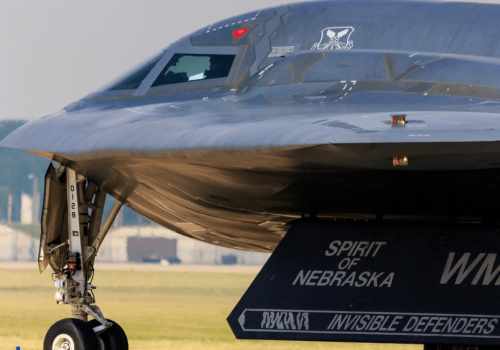Disband the NATO Response Force: NATO 20/2020 podcast
Replacing the NRF with a plug-and-play interoperability model increases the chance that NATO will employ its high-readiness forces.
About this episode
The NATO Response Force (NRF) was launched in November 2002 at the Alliance’s Prague Summit. The brainchild of US defense leaders, the NRF was intended to strengthen NATO’s readiness and responsiveness as well as act as a catalyst for capability development (especially in Europe). As one of its conceptual forebears has written, the goal was to create a “real-life force with a C4ISR structure and assigned combat units, not merely a disorganized troop list,” pulled together on an ad hoc basis. The problem is this original defining strength of the NRF has been revealed as its Achilles heel.
Watch the video
Key Takeaways
- 1:45: John talks about what the NATO Response Force is, when it was formed, and what its role is in NATO
- 4:32: John shares his thoughts on why he strongly believes that NATO does not need the NRF and how its multinational approach has primarily become NATO’s weakness
- 7:18: John talks about the challenges of deploying the NRF
- 10:52: John talks about what the NRF would have done if it had been used by NATO in a situation like Crimea
- 12:22: John explains the similarities between enhanced forward presence (eFP) and the NRF
- 14:13: John explains why the NRF should be disbanded since eFP fulfills the same purpose
- 16:57: John talks about why the NRF is slower to respond to crises
- 24:33: John discusses how he would convince allies that are wedded to the capabilities of the NRF to consider his suggestion to disband it and also what they would replace it with
- 27:22: John explains who pays for NRF resources and how that money would go back into preparing capabilities if the NRF was disbanded
- 28:27: John posits the benefits of his proposed plug-and-play model compared to the NRF
- 32:07: John talks about how disbanding the NRF would be received at the Alliance
- 34:00: John explains the need for greater interoperability
- 35:05: John talks about why defense establishments are needed now more than ever and how the NRF no longer plays into this
Read the essay
Explore the podcast series
Related NATO 20/2020 essays
Related program

The Transatlantic Security Initiative, in the Scowcroft Center for Strategy and Security, shapes and influences the debate on the greatest security challenges facing the North Atlantic Alliance and its key partners.






